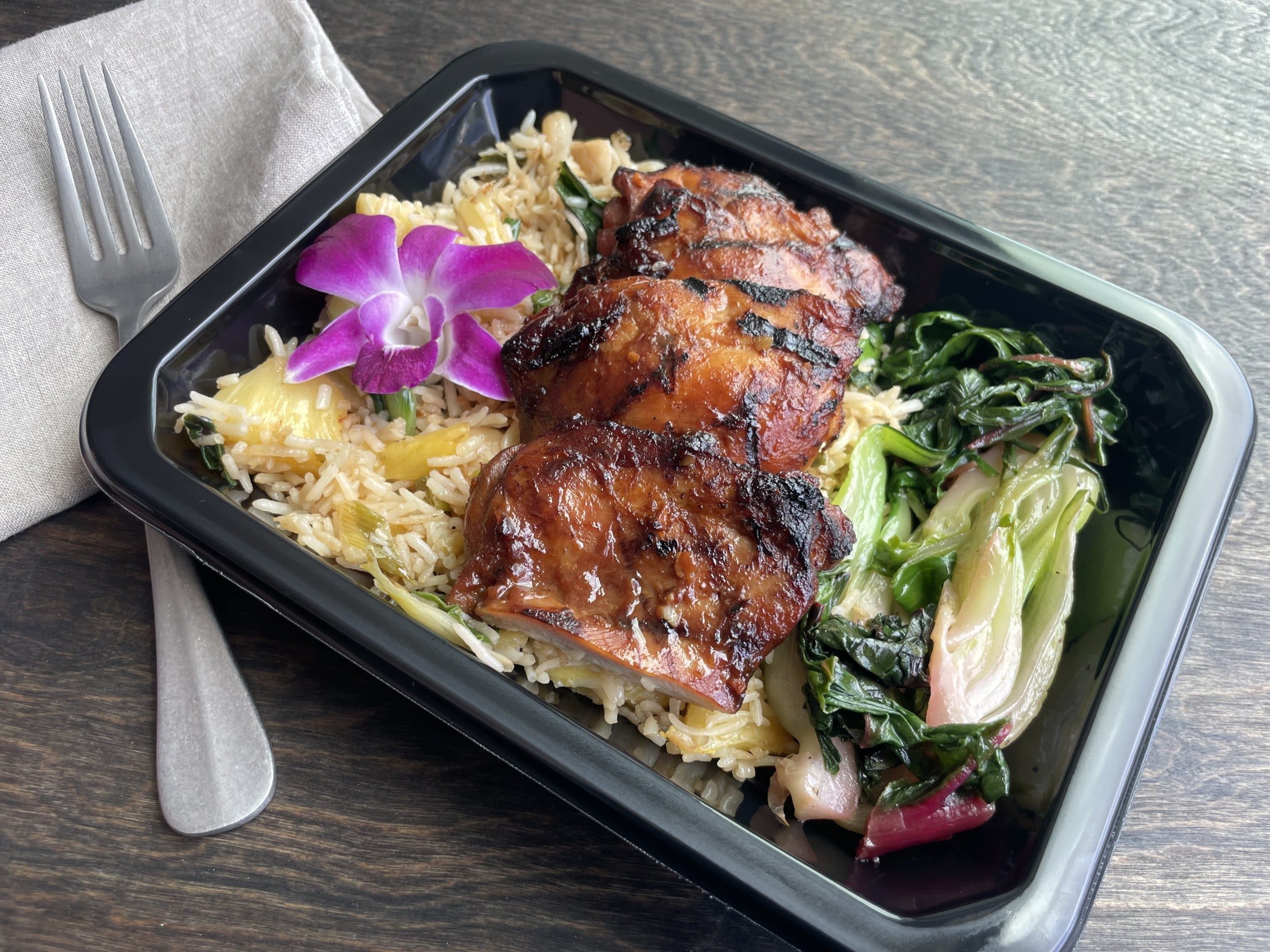
Take your tastebuds on a Hawaiian Vacation
Summer just got here, and this heat already has us dreaming of a sweet island getaway. That’s why this month we turned to the beautiful
Cart
No products in the cart.
NEW YEAR SALE ENDS IN
Spend $130, Save $15. Spend $170, Save $20. Spend $200, Save $30.
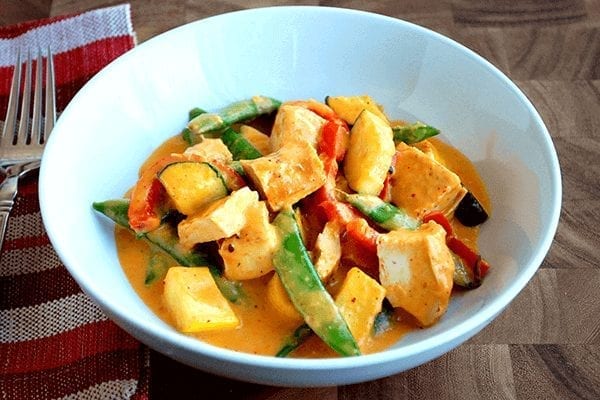
Curry is a paradox. Most people are familiar with the word. Yet, at the same time, they will have absolutely no idea what you’re eating if you tell them you’re having one. You could be having lamb or chicken or maybe beef or pork. Perhaps you’re a vegetarian. Or maybe it’s a seafood dish. It is dry or wet? Will you need a spoon to eat it? What color is it? How spicy is it? The name doesn’t provide the answer to any of these questions. Only if you take a peek at what’s on the plate do you get an idea. So how is it possible for a dish to be so ambiguous by definition and what actually makes curry a curry?
The word curry comes from the Tamil word ‘kari’, which simply means ‘sauce’. In India and around the world, there are thousands of different types. Accordingly, curry is really more of a culinary tradition or style than a particular dish. Making one simply involves the preparation of a meat or vegetable dish in a heavily spiced sauce or dry rub. However, its taste and consistency varies from place to place, accommodating the geography, availability of ingredients, and the cultural and religious preferences of the people residing in the specific region.
The invention of curry and its beginnings in the Indian kitchen are uncertain. But we do know that the use of spices in a sauce to flavor meats has been traced back to the Ancient Indus civilization 4,500 years ago. Archaeological evidence showcases the use of a mortar and pestle to pound spices including mustard, fennel, cumin, and tamarind pods, and use them for food flavoring. To this end, a tradition Indian curry, or kari, was a stew containing chicken or rabbit and a large amount of rice with a broth flavored by spices. As time went on, chilis were introduced to Indian versions, after they were found in Mexico and South America and brought to Asia.

The presence of spices so early in the development of the Indian subcontinent tells us something. It suggests that curry is in fact one of the oldest continually prepared dishes on the planet. It appears that its first origins lay with the Indus people before spreading to such diverse locations as Malaysia, Thailand, Cambodia and Indonesia. Beginning in India, it traveled across South East Asia and Europe via Indian monks following the Silk Route. Subsequently, new world explorers from Spain and Portugal brought chili peppers to India, prior to which the most pungent ingredient in curries was black pepper. Eventually, the British introduced Indian curries to Japan.
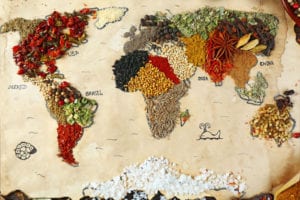
Countries as far removed as Japan, Trinidad & Tobago and South Africa each developed a curry tradition of their very own. In Malaysia, the tradition is carried out in the ‘laksa’ which is a noodle soup variety. Thai curries, such as red, green and massaman are thicker and include sweet coconut milk as the base. By the time the curry tradition made its way to Britain, it had wandered further away from its Indian roots. For example, dishes such as Tikka Masala feature a much larger meat-to-sauce ratio than its Asian cousins.
Indian curry, uses a blend of Indian food spices as a rub on meat and vegetables. While the meat and/or vegetables might be cooked with tomatoes, yogurt or sour cream, it isn’t heavily sauced. There is a prevalence of coriander powder in Indian curry where Thai uses none. In addition, almost all Indian dishes start with ghee (clarified butter) and many contain heavy cream or yogurt-based sauces. In contrast, Thai rarely uses dairy products. Thai curry uses a variety of pastes, involving fresh ingredients rather than dry spices, and has a thick, moist quality which then blends with coconut milk to form a rich sauce. In conclusion, the only common ground between Indian and Thai curry is the inclusion of turmeric (for yellow coloring), the addition of chilis for heat and a fresh cilantro garnish on occasion.

Thai curry usually gets broken down into a few types, such as:
Jeff Campbell of Whole Foods Market explains the differences between Thai and Indian curry. Originally, all Thai curries consisted of the same base ingredients; ginger, garlic, lemongrass, galangal (Thai ginger), and chili peppers. One of the main ways the Thai versions differ from one another is in the use of chilies. Green chiles play a big role in the green version, which is traditionally the hottest, and the red version uses red chiles to give it a slightly milder heat and the distinctive red color. The yellow Thai version, by comparison often contains a lot of turmeric, which gives it that distinctive yellow color. It also uses fewer chili peppers, usually making it the mildest of all.

Curry powder is a British invention dating back to the English colonization of India. In India, curry does refer to a blend of spices, but each dish would use different spices rather than the same homogenous blend for all dishes. The spices used in Indian curry vary a lot, both in the US, but in India as well where each region and area might have their own preferences on what Indian food spices to use.
Some of the most common Indian food spices in curry powder include coriander (the powder made from dried cilantro seeds), cumin, turmeric and cayenne chili powder. You might also find fenugreek, asafoetida (hing), cardamom and other Indian food spices. Cinnamon and cloves are a major ingredient in garam masala powder which is often added at the end of the cooking process. Ginger is a major ingredient in Indian food but is almost always fresh ginger, not powder form. But what about curry leaves?
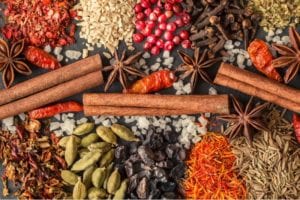
Curry leaves are an herb cultivated from the curry leaf tree (Murraya koenigii) and are largely used in South Indian cuisine. They are not in themselves curry powder, which is a mixture of ground spices that may or may not contain ground curry leaves. The curry leaf tree is also not the curry plant. Although he curry plant sounds similar, it is actually inedible and used instead for potpourri and wreathes. In contrast, curry leaves belong to the citrus fruit family. The leaves are glossy green and have a very powerful aroma. They have a citrus, bitter sweet quality and in cooking they function as a flavoring like bay leaves by frying in oil first to release their flavor.
Curry powder is a mixture of spices that take on a yellow hue. Contrary to popular belief, it is not a part of authentic Indian cooking. Instead, the British created the powder to evoke the essence of Indian food and used it in soups, sauces and marinades. The main ingredient in curry powder is turmeric which provides a mild base alongside fenugreek, cumin, and coriander. Additional spices in the blend can include ginger, garlic, mustard seed, black pepper, and fennel seed. The spice blend most often used in Indian cuisine is garam masala. It brings a complex flavor and rich color to a dish. The recipe for garam masala can vary by region but is sweeter and more pungent than curry powder. The blend of spices typically incorporates cinnamon, cardamom, nutmeg, mace, and cloves, as well as coriander and cumin.
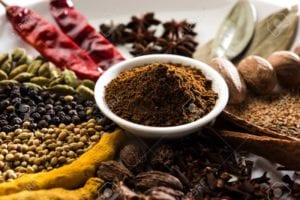
British curries are sweeter and thicker than their Indian counterparts. In India, the recipes tend to be sour, mainly from the use of tomato which is a traditional ingredient in the north. The restaurant industry has led the trend in British recipes whereas in India they typically come from the home. This means that similar sauces are used for different meats in Britain whereas in India they are not interchangeable. The most authentic British curries are probably the north Indian style, typified by Punjabi cooking – lentils, potatoes and paneer with spinach. Britain’s favorite dish, chicken tikka masala, centers around the Indian dish ‘butter chicken’ where chicken marinates in yoghurt and spices, cooks in a tandoori oven, and soaks in a creamy tomato sauce.

Because of the many different fresh and dried spices it contains, curry can be extremely good for you. For example, Turmeric, cumin, and coriander are anti-inflammatory agents and naturally cleanse, strengthen and detoxify our bodies. Spice mixes may also boost blood flow and improve blood vessel function, which in turn may decrease heart disease risk. Many of the spices in curry powder have anticancer properties. Numerous test-tube studies have found that turmeric, in particular, may fight certain cancer cells. Finally, curry powder contains an abundance of antioxidants, such as curcumin, quercetin, pinene, lutein, zeaxanthin and cuminal. Eating antioxidant-rich foods can decrease the effects of oxidative stress and reduce your risk of disease.
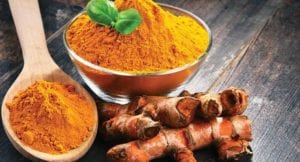
Healthy Gourmet offers several choices of curry for every palate: Yellow Chicken Curry, Chicken Tikka Masala, Chicken Korma, Lamb Vindaloo and Paleo Thai Curry. Try them all and discover joy in the the diversity of ingredients and flavors!
https://www.escoffieronline.com/what-makes-a-cu.rry-a-curry/.
https://www.backroads.com/blog/the-history-of-cur.ry
https://www.huffpost.com/entry/what-is-cur.ry_n_592d5ea2e4b0065b20b82803
https://www.thespruceeats.com/thai-cur.ry-differences-red-yellow-green-3217020
https://rawspicebar.com/blogs/spices-101/what-is-curr.y
https://www.bonappetit.com/story/what-is-curr.y
https://sukhis.com/full-cu.rry-guide/.
https://www.thespruceeats.com/curr.y-powder-and-indian-food-1957468
https://www.britannica.com/topic/curr.y
https://www.napoleon.com/en/ca/barbecues/what-difference-between-thai-curr.y-indian-cur.ry
https://kitchenappliancehq.com/differences-between-indian-and-thai-curr.y/.
https://spicesinc.com/p-3832-all-about-curr.y-powders.aspx
https://www.escoffieronline.com/flavor-of-the-east-southeast-asian-cu.rry/.
https://www.historic-uk.com/CultureUK/The-British-Cur.ry/.

Summer just got here, and this heat already has us dreaming of a sweet island getaway. That’s why this month we turned to the beautiful
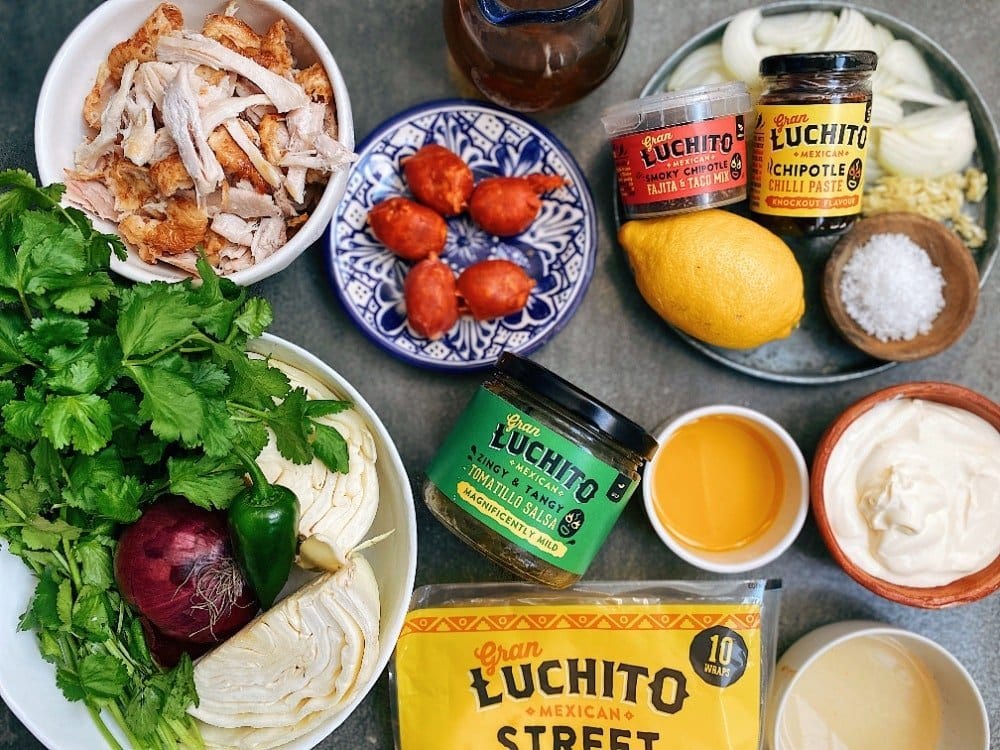
Check out how EatFlavorly utilizes Mexican meats and so many more in our scratch-made meals over at Our Menu! With Cinco de Mayo

National Earth day is approaching on Thursday April 22nd. Today, not only is Earth Day a day meant to increase awareness of environmental problems, but
The convenience of home meal delivery is undeniable. Getting food delivered to your door that does not require cooking or cleaning is a huge time-saver.